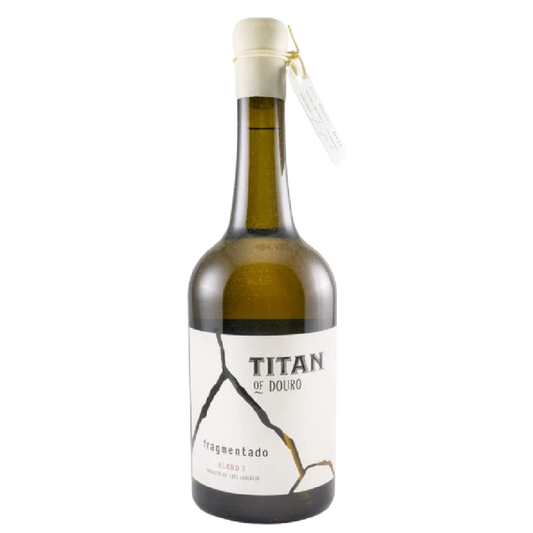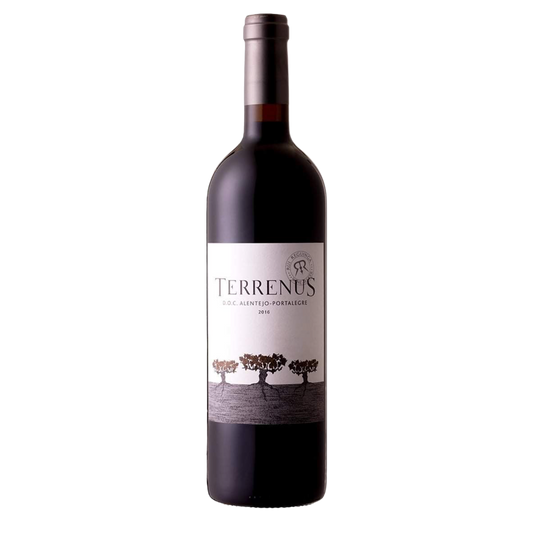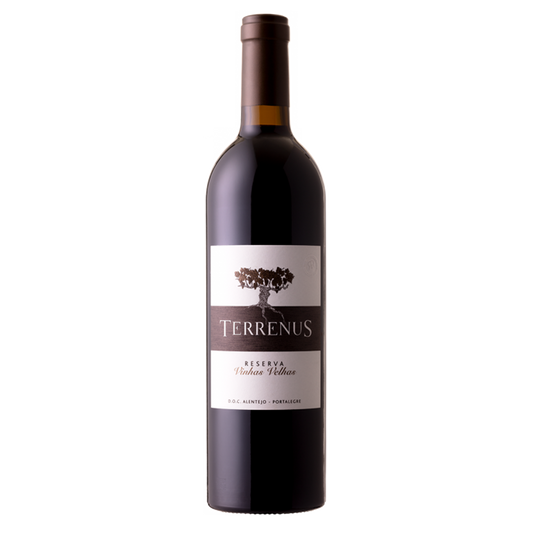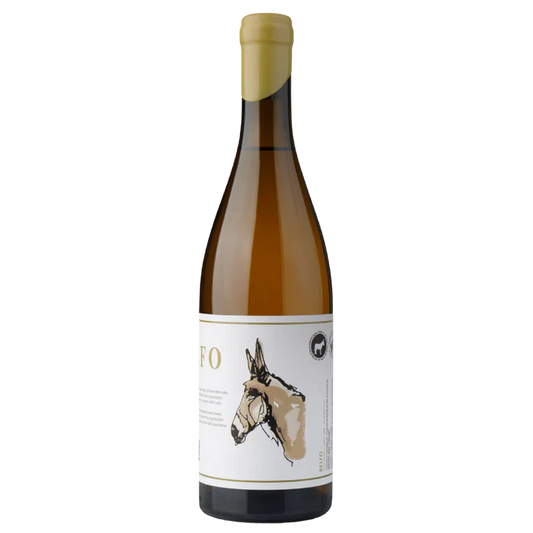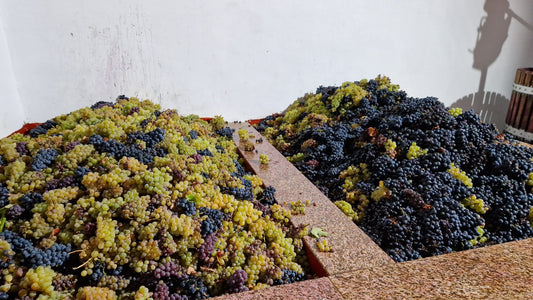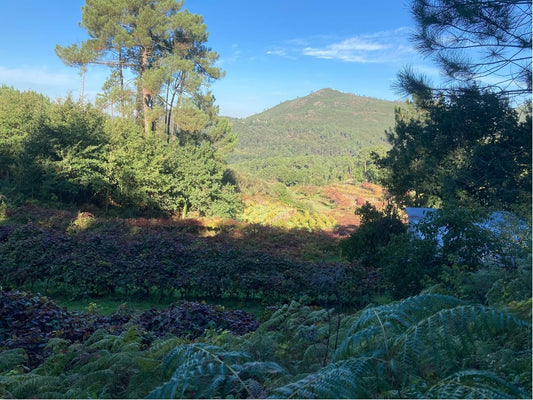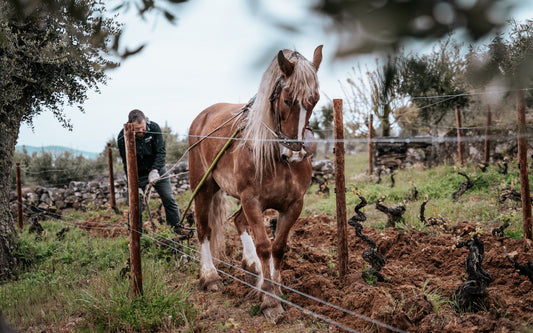This week is Old Vine Wine Week, an initiative of Old Vines Conference.
Old vines sagely use their energy to focus on producing quality over quantity. But it can be an act of self-sabotage if they’re not producing enough grapes to pay a grower’s bills.
The goal of Old Vines Conference is to help keep old vines in the ground by highlighting why they matter. It's about persuading everyone - from the grower to the consumer - to place greater value on their precious bounty.
In Portugal, valuing old vines is not just about quality over quantity. It’s also about the preservation of unique native grape varieties, many of which had fallen out of fashion.
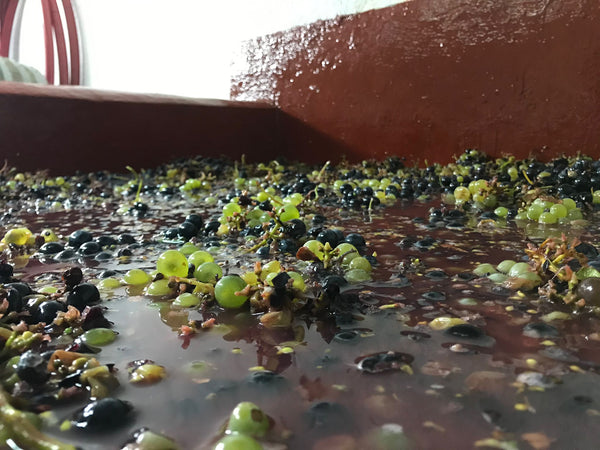
And traditional field blend (varietally mixed) vineyards. Grown, picked and fermented together, field blend vineyards naturally create the most beguiling, authentic harmony, contributing to the complexity and balance of old vine wines.
Thankfully, Portuguese winemakers have been waking up to the country’s unique heritage and, not only preserving old vineyards, but also realising their potential to make truly exceptional wines.
Celebrating old vines
In celebration of Old Vine Week and Portugal’s old vine champions, check out our video of a winemaker panel discussion FESTA hosted about Portugal’s old vines, field blends & comeback grapes.
The distinguished panel included Luís Leocádio of Titan of Douro, Tras-os-Montes young gun Frederico Machado of Arribas Wine Company and Filipe Rocha of Azores Wine Company, all of whom have recovered neglected vineyards.
And, because you need people to pay it forward, you will also hear from João Tavares de Pina whose ‘ampelographic field’ recovered ‘lost’ Dão grape varieties and Susana Esteban, who works with magical old field blend vineyards in Portalegre, Alentejo and has planted cuttings from them at her new vineyard.
As you will see, Luís Leocádio of Titan of Douro has gone to spectacular lengths, recovering 150+ year old un-grafted field blend parcels. He is FESTA’s very own Old Vine Hero. Luís’ exceptional old field blend/non-vintage Douro white – Titan of Douro Fragmentado - leads my pick of six Top FESTA old timers at the foot of this post.
What makes them tick?
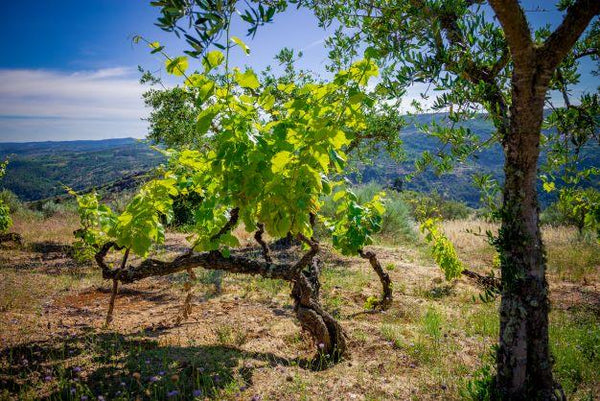
The benefits of old vines are many and diverse. Not for no reason have shy bearing vineyards stood the test of time. Luís Leocádio's old vines might be supported by a crutch(!) but, hardy and well adapted to their locale, it’s a case of survival of the fittest.
With older, deeper root systems, old timers’ water and nutrient uptake is more efficient. It’s a huge boon during periods of drought when photosynthesis can grind to a halt for younger vines because of hydric stress. Since old vines can keep motoring, sugar, flavour and phenolic (tannin) ripeness tends to be more even and grapes better maintain natural acidity.
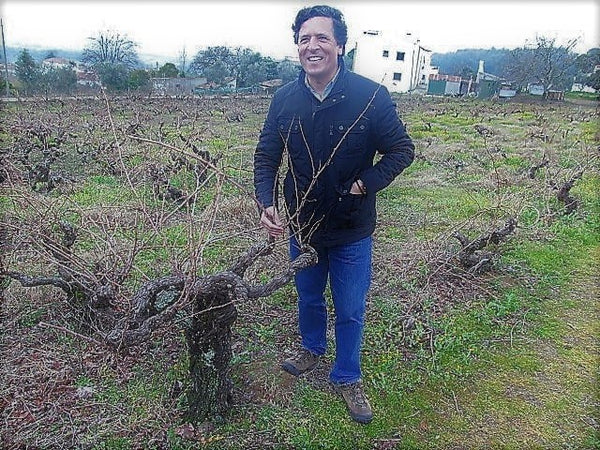
Larger, gnarly old vine trunks – a carbohydrate reserve - also help old vines get going at the beginning of the growing season, and keep motoring through periods of stress. As one grower put it, the leaf canopy is like a solar panel, whilst the trunk is the spare battery.
Because they bear less fruit, old vines typically produce smaller berries and thicker-skinned grapes, making for concentrated, well-structured wines. Younger vines’ bigger berries, bunches and thinner skins can make them more susceptible to disease and sunburn, not to mention less intensity of flavour.
With less fruit to ripen, older vines need fewer leaves (the solar panels). When grown the old fashioned way – as a bush vine, not trellised – 360-degree airflow and dappled sunlight promotes slow, evening ripening and helps with disease resistance.
As for wines made from old vines, let us count the ways we love them. Intensity and soul, depth and grace spring to mind. For sheer complexity, we reckon Portugal’s old vine wines are hard to beat.


